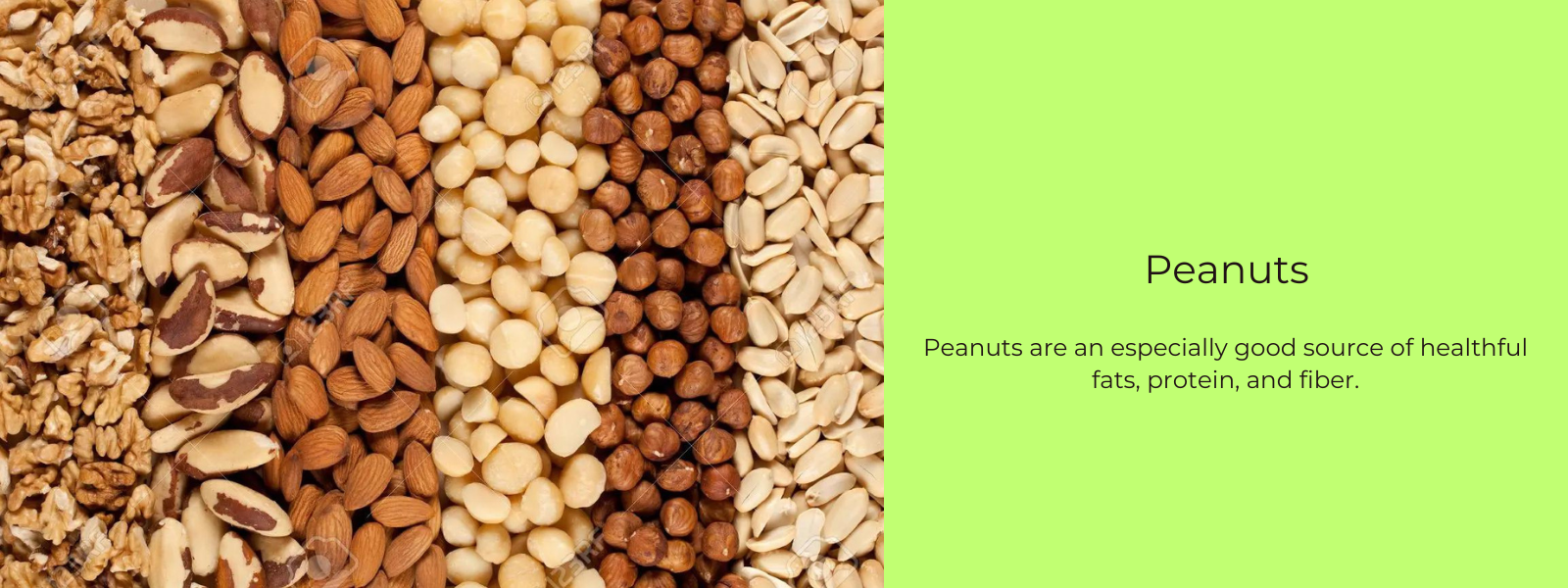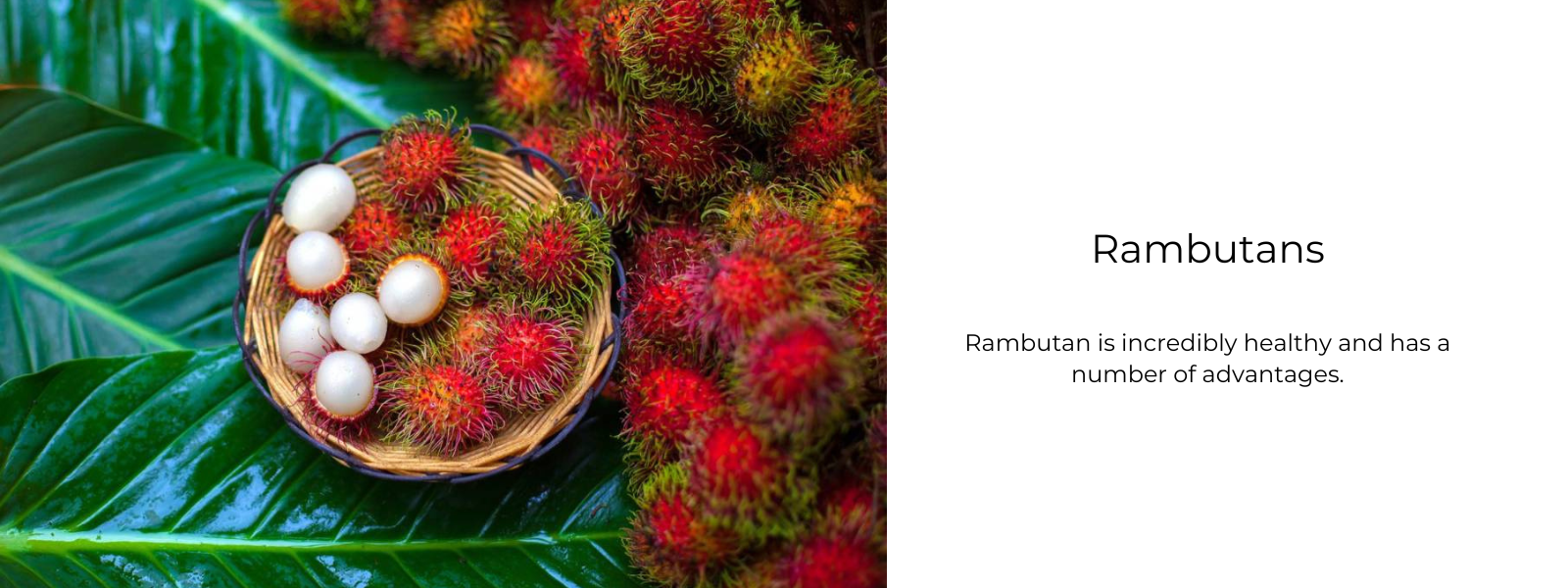Hazelnuts, often called filberts, are a type of nut harvested from the Corylus tree. Countries including Turkey, Italy, Spain, and the USA are major producers.
Raw, roasted, or even mashed into a paste, hazelnuts are a versatile nut with a pleasant sweetness. Like other nuts, hazelnuts have a high concentration of protein, lipids, vitamins, and minerals.
The hazelnuts found in coffee, chocolates and spreads actually provide health benefits for your skin, hair, and body as a whole. Hazelnuts, with their somewhat sweet and crunchiness, are one of the healthiest nuts you can eat. They are also one of the nuts with the highest concentration of vitamin E.
Table of Contents
What is hazelnut?
The hazelnut is a brownish-coloured foreign fruit that grows on the hazel tree. It is related to nuts in some way. Milkshakes, coffee, pastries, biscuits, and spreads all benefit from the addition of hazelnut, as do many other dairy and confectionery foods. Hazelnuts in whatever form—raw, roasted, or blanched—are on the table, as well. Major commercial hazelnut production occurs mostly in Turkey, Spain, Italy, and Portugal.
Nutritional value of hazelnut:
The phytochemicals, protein, fibre, and unsaturated fatty acids found in hazelnuts make them a highly nutritious food choice. Apart from the polyphenols and B-complex vitamins, they also have minerals like calcium, potassium, magnesium, and selenium.
Health benefits of hazelnut:
Helps You Keep a Healthy Weight
When it comes to eating healthily and staying at a healthy weight, hazelnuts provide a number of advantages. As a good source of fibre and protein, hazelnuts might help you feel full for longer.
In order to keep your weight in check, try substituting almonds for other starchy foods like chips or pretzels. In fact, eating nuts on a regular basis (about one handful) can be part of a healthy diet for the prevention of obesity and type 2 diabetes if they are substituted for less beneficial items.
Offers antioxidant defence
The high manganese content of hazelnuts has been linked to numerous health advantages. Manganese is essential for the activation of enzymes involved in the metabolism of carbohydrates, amino acids, and cholesterol. The mineral aids in bone growth, development, and repair, aids in wound healing, and is essential in the generation of sex hormones.
Beneficial to Heart Health
Nuts are heavy in fat, but the types of fat they supply, polyunsaturated and monounsaturated, are beneficial to cardiovascular health in little amounts.
Higher consumption of specific types of nuts, especially hazelnuts, was associated with lower risk of overall cardiovascular disease and coronary heart disease.
Reduces Blood Cholesterol
Hazelnut-rich diets were linked to lower levels of LDL and total cholesterol, but HDL cholesterol, triglycerides, and body mass index were found to be stable (BMI).
These findings look promising for lowering the risk of cardiovascular disease.
Aids in maintaining healthy blood sugar levels
In addition to helping keep blood sugar levels stable and lowering diabetes risk, hazelnuts are good for you in other ways, too. There is evidence from animal and human studies that including hazelnuts in one's diet can help regulate blood sugar by decreasing levels of HDL-C (good cholesterol).
Varieties of hazelnuts:
There are a few varieties of hazelnuts, including the American hazelnut, the European hazelnut, and the beaked hazelnut. The American hazelnut is the most common variety sold commercially.
In many stores, you can find these nuts already roasted and salted. You can also buy hazelnuts in the snack food section of your local supermarket, in canned nut mixes. Most commercially available nut mixes contain nuts that have been roasted in oil and seasoned with salt. The nutritional value of the nut will shift due to the presence of these additives.
In addition to hazelnuts themselves, other popular hazelnut products include hazelnut milk, hazelnut flour, chocolate-covered hazelnuts, and hazelnut oil
Hazelnut Nutella:
Nutella, a spread made primarily of hazelnuts, is a consumer favourite. People all around the world love the chocolate hazelnut spread and use it in place of peanut butter or in addition to it. It's important to keep in mind that Nutella is high in both calories and saturated fat, so moderation is key.
.
Culinary use of hazelnuts:
The versatile hazelnut can be utilised in both sweet and savoury applications. Raw or roasted, the nuts are tasty in any form.
Hazelnuts can be roasted in the oven by spreading the raw kernels out on a baking sheet and cooking them at 275 degrees Fahrenheit for around 15 to 20 minutes. Keep a watchful eye on the nuts because they can easily burn. Wrap the hazelnuts in a dish towel and set them alone for five to ten minutes to shed their skins. After that, give it a good, hard scrub. It's fine if the nuts don't shed their skins entirely. The skins can be eaten and actually provide some extra nutrients.
Hazelnuts, when roasted, give a nutty flavour and crunchy texture to baked items. Use hazelnuts in baked goods including muffins, bread, cookies, and cakes. Chocolate and hazelnuts are a delicious combination. Put them on top of chocolate ice cream or any other dish that features chocolate.
Coatings for fish and poultry can also include hazelnuts, either on their own or in combination with other ingredients.











Leave a comment